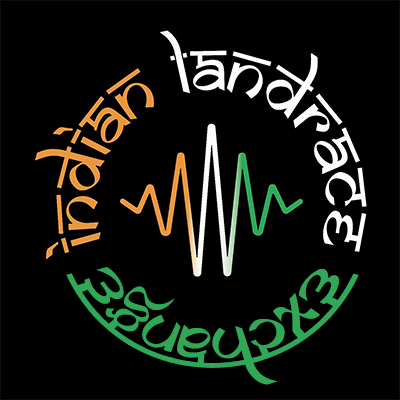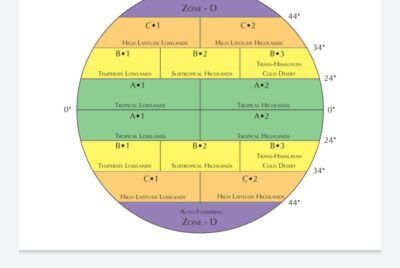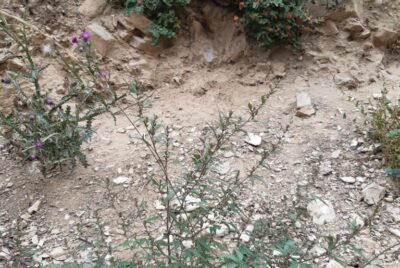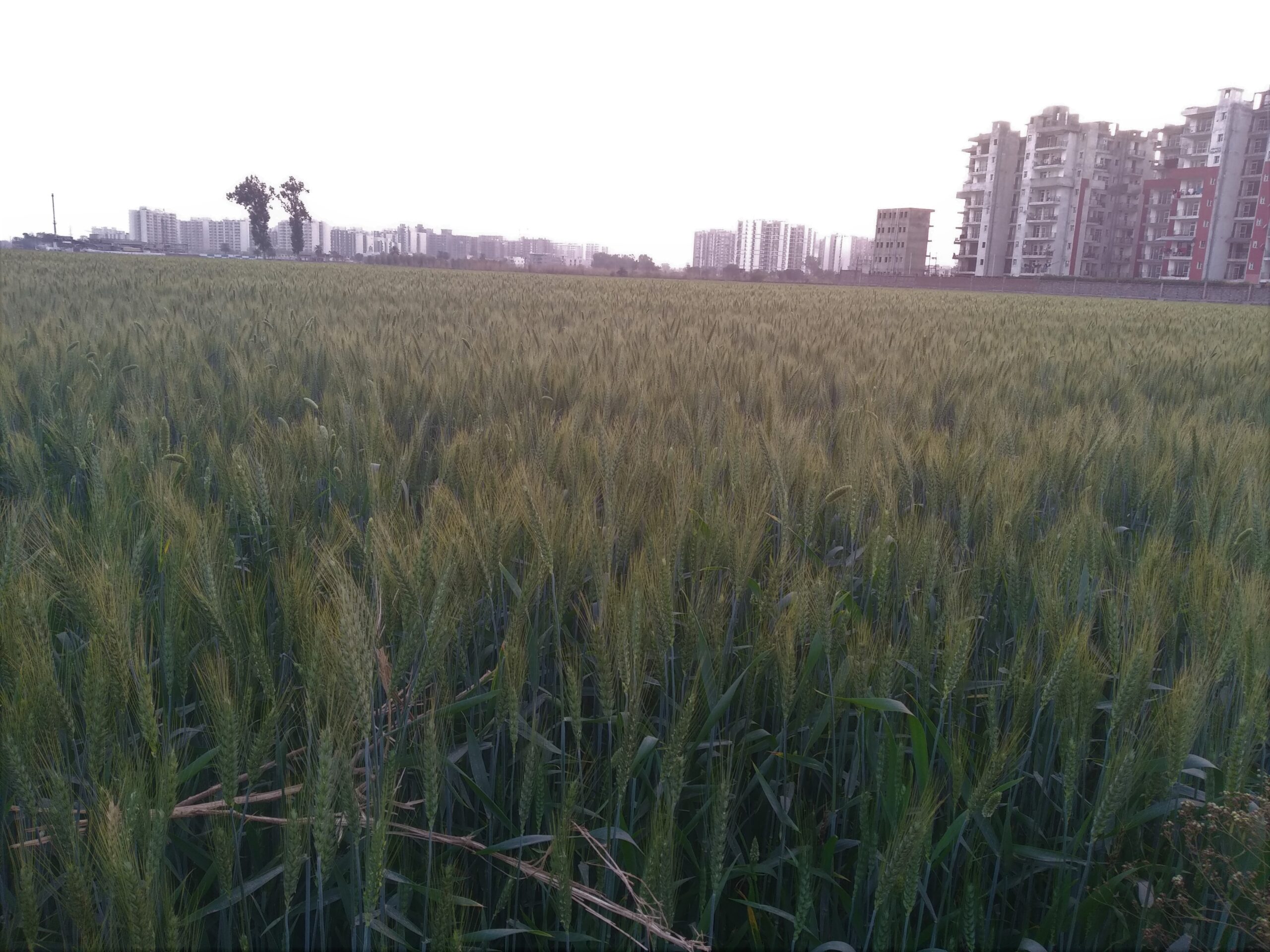ABSTRACT
Today cannabis is cultivated in almost every corner of the world whether legal or subjected to certain restrictions, although the recent paleontology evidence puts its origin millions of years back on the Tibetan plateau and hints at an outward expansion towards central and
Southeast Asia through both natural means and human activities, Which also exemplifies the astounding phenotypic plasticity in the Cannabis genome, which enabled it to adapt and thrive in nearly all of these places whether it was the arid deserts of Afghanistan or the
ultra humid tropics of Asia.
The ability to produce highly varying phenotypes in order to adapt to the environmental pressures, allowed cannabis to grow and eventually, embody the morphological structures which were most suitable for their respective ecological habitats. The domestication and artificial selection for traits such as fiber, resin, seeds, etc. by indigenous communities, further enabled the development and proliferation of distinct features profusely within the populations, such as extreme apical dominance in varieties domesticated for fiber in the northwest Himalayas, or the 3-4x bigger sized seeds in the varieties domesticated for edible seeds in south-west china.
The terroir and the domestication have been the 2 major forces behind shaping the landrace cannabis populations everywhere, and one of the first major differences which comes to mind when we talk about these distinctions is why certain varieties grow extremely tall upto 4 meters while others remain short statured and compact. In this case, we are not arguing about a particular shape of the plant but rather the reason for the difference between certain cannabis populations staying short and others growing tall within a similar season length. We believe that the answer to this simple question, lies in the amount of moisture is present in the surroundings of any cannabis population that it has been adapted to overtime. However, In order to elaborate it further, we selected 2 traditionally domesticated cannabis populations from both Arghandab in Kandahar, Afghanistan, and Malana Valley in Himachal Pradesh India, as both of these regions have domesticated landrace cannabis populations which are basically from the either ends of the height spectrum within cannabis genome.
Morphological Comparison
Apart from the phytochemical compositions, one of the major differences between the Cannabis populations of Malana and Kandahar is the height, wherein the populations in Malana valley go on to embody an apically Dom. structure, with sparsely held branches on an elongated stalk as shown below and the populations in Kandahar, stay short and stubby with minimal bare stalk and a more laterally pronounced structure as shown below.


PHENOLOGY
At both of the places Malana and Arghandab the plants begin to grow from the early spring and reach into the main vegetative growth by June, by this time there is not much difference amongst these 2 varieties as both grow with less internodal spacing between each successive branch with lush foliage giving them a busy appearance. As shown below.


As the plants begin to flower around mid to late July, again at both of these places (malana and arghandab) the plants tend to undergo a structural transformation required to bear flowers efficiently, this is the stage where cannabis populations adapted to malana valley stretch upto 3-4 times of their original size at the time of entering flowering while the cannabis population in arghandab only sees a modest stretch, just enough to nest flowers for the reproduction, sometimes not even able to double in height.


Malana Valley is situated in the laps of north western Himalayas, and s characterized by a monsoon based subtropical/alpine climate, where average humidity lurks around 60% and that is usually before the big monsoon kick, which is generally around mid to late July, coinciding with the beginning of the flowering as well, the high moisture content in the surroundings here, allows for the cannabis populations to grow extremely tall in a short span of time.
In malana valley the humidity goes up tremendously during the monsoon season (Mid july to Mid sept) in the valley and averages right around the 80’s or above for the entire span of the monsoon as shown below in the tables.



Arghandab is situated in Kandahar province which is an arid semi-desert and features less than 100 mm of rain annually. The average humidity on any day is below 45% and it averages around 40% during the plant’s lifespan i.e. April to November. The Cannabis varieties in this region tend to grow in quite a different way, As they don’t go on to stretch prolifically due to a lack of moisture in the surroundings and instead grow tucked, in a bushy manner to preserve as much moisture they could, this adaptation could be seen amongst other plant varieties like Rock jasmine as well where various sub-species grows different to accommodate a variety of different climatic conditions. There is no monsoon season in Kandahar and the environment is extremely dry and air deprived of moisture. As shown in the
tables.



This particular adaptation could be seen amongst the subspecies of other flowering plants as well, which inhabit vastly different terroirs, for example, Androsace or Rock jasmine. Rock jasmine has a number of subspecies adapted to many different places ranging from the subtropical highlands of the Himalayas e.g. Androsace lanuginosa a subspecies of rock jasmine adapted to humid subtropical highlands of Himalayas, the plant is composed of waxy small cuticles and florets extending outwards upto 15 cms which gives it a lanky appearance, similar to the cannabis populations adapted to this region.

Whereas another sub-species of Rock jasmine known as Androsace Alpina or Alpine rock jasmine, typically adapted to Alpine, arid, semi tundra regions, which is capable of growing in extremely low humidity and scarce rains. Such as in the quanghi mountain ranges of Tibet, situated in the rain shadow of the Himalayas and featuring one of the driest places on earth.
The flowers of Androsace Alpina or Alpine Rock jasmine grows densely packed in an umbrella-like structure tucked closely to the ground in order to save as much humidity it can and stay near the earth as well, quite similar to the cannabis populations adapted to extremely arid terroirs.

Conclusion
The amount of available moisture in the surroundings is a crucial factor in the shaping of these varieties in such distinctly different ways. Plant populations adapted to the terroirs with an abundance of moisture in the air, as seen in the malana valley example, encourages the surplus stretch in the plants during the flowering period, and eventually the plants which stretch out more than the others go on to produce and nest more flowers and hence more seeds gradually passing down the trait more often.
While the opposite is true for the dry and arid terroirs with low humidity during the flowering phase. This type of terroir does not support tremendous stretching during the pre-flowering stage since it will result in rendering large distances within each successive branch and further exposing the structure and making it vulnerable to the surrounding dry air, which can snatch the valuable moisture from the plant.
The plants well adapted to these terroirs usually go on to embody a short, tucked, and bushy structure to preserve every bit of the moisture it can.





